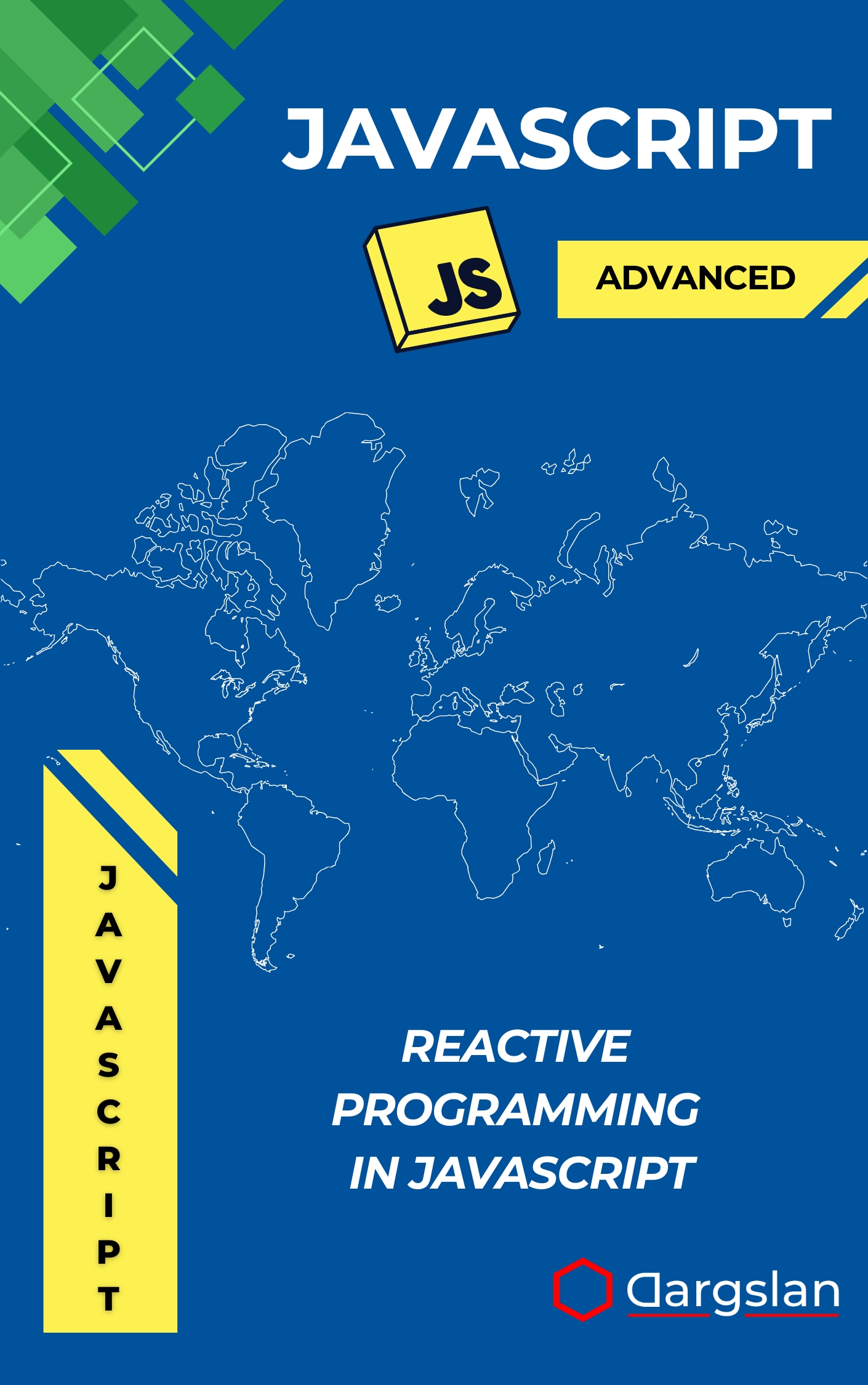Reactive Programming in JavaScript
Reactive Programming in JavaScript,Build reactive, event-driven apps using RxJS and modern JavaScript patterns.

Modern web users expect instant feedback, fluid interfaces, and real-time updates—without glitches. If you’ve wrestled with callbacks, promises, and tangled event handlers, this book shows a cleaner, scalable path to building interactive features that feel effortless.
Discover how to transform streams of user actions and data into predictable, testable logic that’s easy to reason about and a joy to maintain.
Build Responsive, Event-Driven Apps with RxJS and Modern Patterns
Overview
Reactive Programming in JavaScript is a comprehensive technical book and programming guide that turns messy asynchronous code into elegant, declarative solutions using the RxJS library. With a focus on Build Responsive, Event-Driven Apps with RxJS and Modern Patterns, it introduces Observable streams, Reactive operators, and Higher-order Observables to tame Asynchronous data management and Event handling in modern JavaScript. Through hands-on patterns for Form validation, Live search implementation, WebSocket integration, State management, Error handling, Performance optimization, and Framework integration, this IT book shows how to design a robust Reactive architecture grounded in Functional composition and practical Debugging techniques.
Who This Book Is For
- JavaScript developers who want a reliable way to manage complex async logic and side effects, gaining confidence in building real-time, event-driven interfaces that scale.
- Frontend engineers seeking production-ready patterns for Observables and operators, with clear outcomes like improved performance, predictable state, and fewer race conditions.
- Team leads and software architects ready to modernize legacy codebases, unify event flow, and coach teams toward reactive best practices that deliver measurable value.
Key Lessons and Takeaways
- Master the Observable mindset—model user interactions, HTTP calls, and streaming data as composable pipelines that are easy to test, refactor, and reuse.
- Apply core and higher-order Reactive operators to solve everyday problems: debounce live search, validate forms dynamically, coordinate concurrent requests, and handle retries with backoff.
- Design a maintainable reactive architecture using stateful streams, error boundaries, and performance-aware operators that keep UIs responsive under real-world load.
Why You’ll Love This Book
This book is clear, practical, and organized for rapid skill acquisition. Concepts are introduced step by step, then reinforced with real examples you can drop into your codebase—think live search, auto-complete, and WebSocket-driven updates. You’ll find concise explanations, visual mental models, and guided exercises that bridge theory with hands-on implementation.
How to Get the Most Out of It
- Start with the fundamentals of Observables and subscription lifecycles, then progress through operators, higher-order streams, and architectural patterns. Skim the operator guides early and return to them as a quick reference while building.
- Apply each concept immediately to a feature you own—convert a promise chain into a stream, replace event listeners with a single pipeline, or centralize form validation logic using switchMap, combineLatest, and distinctUntilChanged.
- Build mini-projects as you read: a typeahead search with debouncing and cancellation; a form wizard with real-time validation; a dashboard powered by WebSocket integration and buffered updates; a state management layer using BehaviorSubject and scan.
Deep Dives You Can Use Right Away
Explore a pragmatic toolkit for Asynchronous data management, from flattening strategies (switchMap vs. mergeMap vs. concatMap) to backpressure and throttling patterns that protect the main thread. Learn how to compose streams for resilient Error handling, including exponential backoff, graceful degradation, and fallback data sources.
Strengthen reliability with Debugging techniques and developer tooling—leverage marble diagrams, tap for tracing, and operator-level logging to pinpoint bottlenecks. You’ll also learn Performance optimization habits, such as minimizing unnecessary subscriptions, batching UI updates, and sharing hot streams to prevent duplicate work.
Production Patterns and Framework Integration
Whether you’re using React, Angular, Vue, or Web Components, the book demonstrates Framework integration that feels natural to each ecosystem. Implement cancelable effects, bridge component lifecycles with subscription management, and bind streams to UI state without leaking memory.
For teams evolving existing apps, you’ll find migration guidance that incrementally replaces imperative callbacks with composable pipelines—no big-bang rewrite required. The result is a predictable, auditable flow of data that’s easy to scale across features and teams.
Real-World Scenarios Covered
- Form validation: Stream user input, validation rules, and async checks into one pipeline with immediate feedback and accessible error messages.
- Live search implementation: Debounce keystrokes, cancel stale requests, cache results, and update UI state as data arrives.
- WebSocket integration: Reconnect with jittered backoff, buffer bursts, and merge push updates with local state for smooth, real-time UX.
- State management: Use BehaviorSubject, scan, and selectors to maintain a single source of truth without over-rendering components.
Confidence in Complex Apps
As your application grows, so does the need for disciplined patterns. This book shows how Functional composition enables small, testable units that compose into powerful behaviors, with clear contracts and minimal coupling.
You’ll walk away with a toolkit for designing resilient pipelines, streamlining Event handling, and deploying features that remain fast and stable under pressure.
Get Your Copy
Build responsive features faster, ship with fewer regressions, and give users the seamless experience they expect. Transform the way you structure async code and take your JavaScript to the next level.




